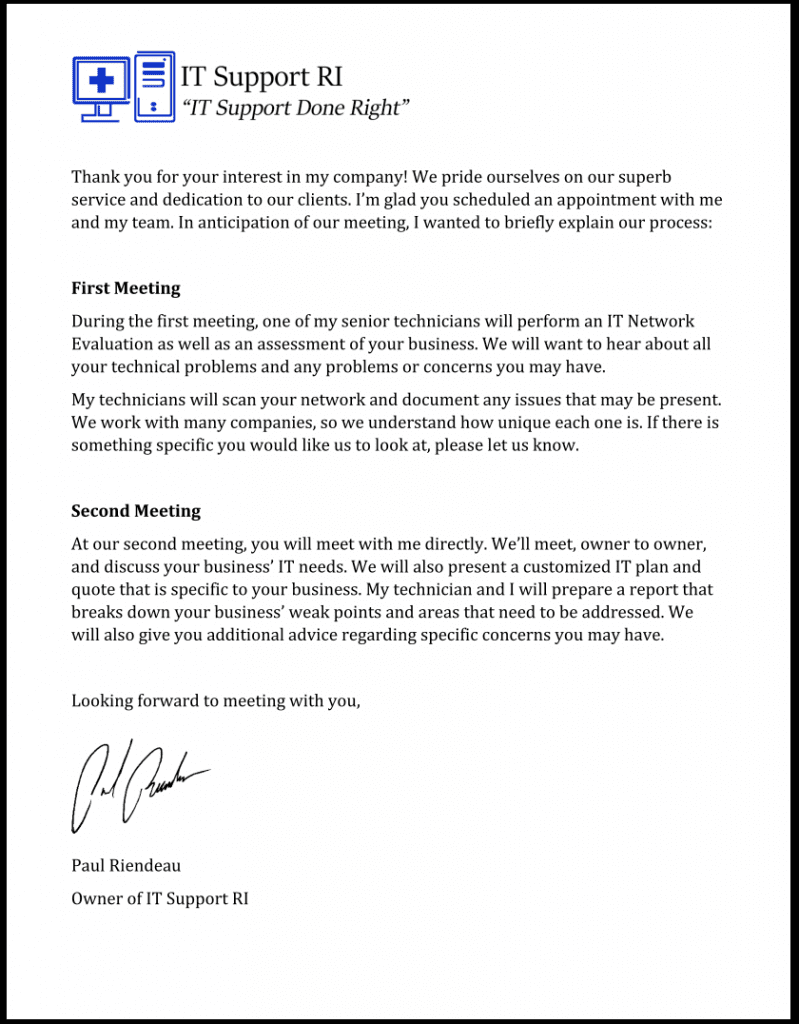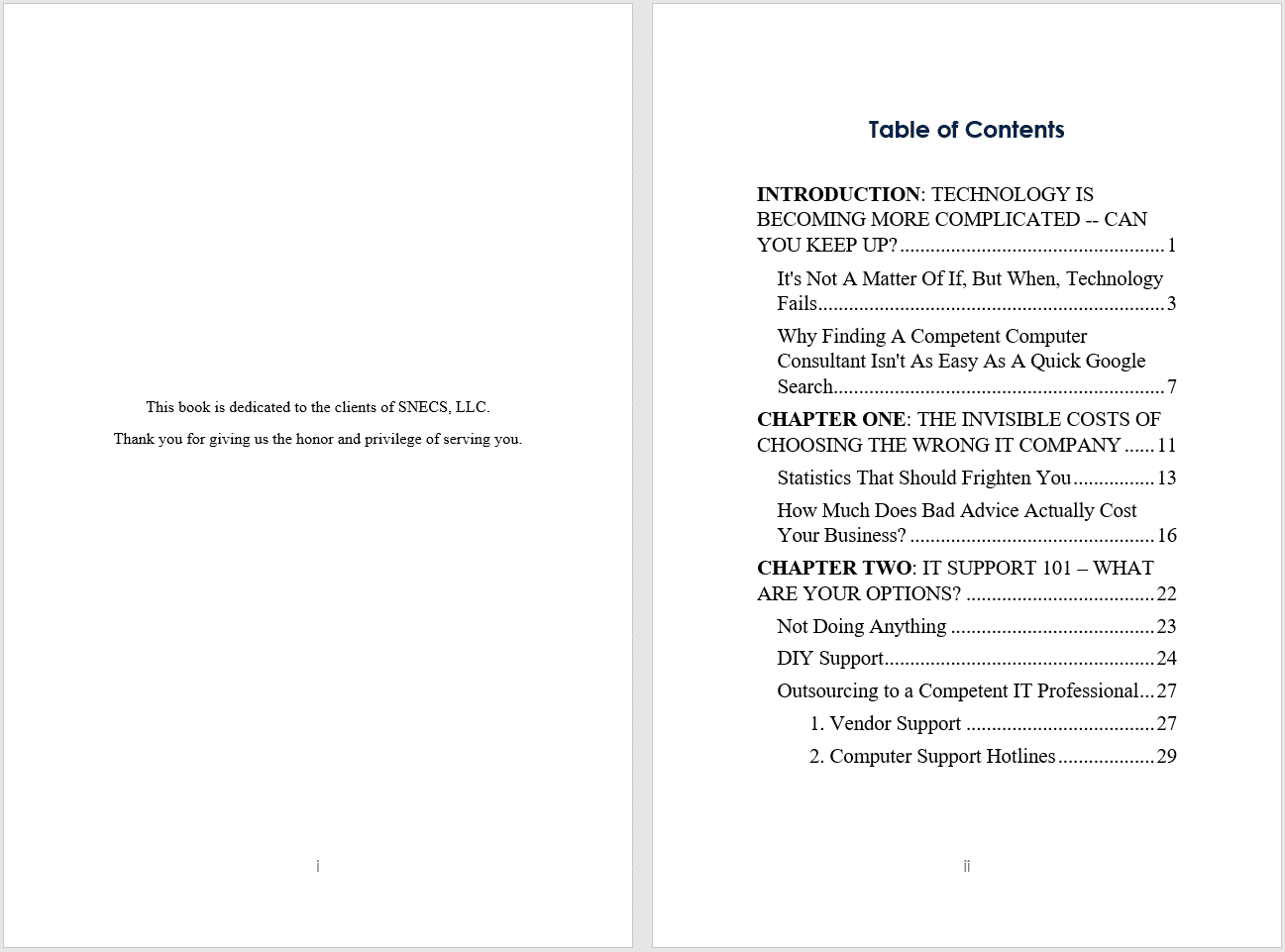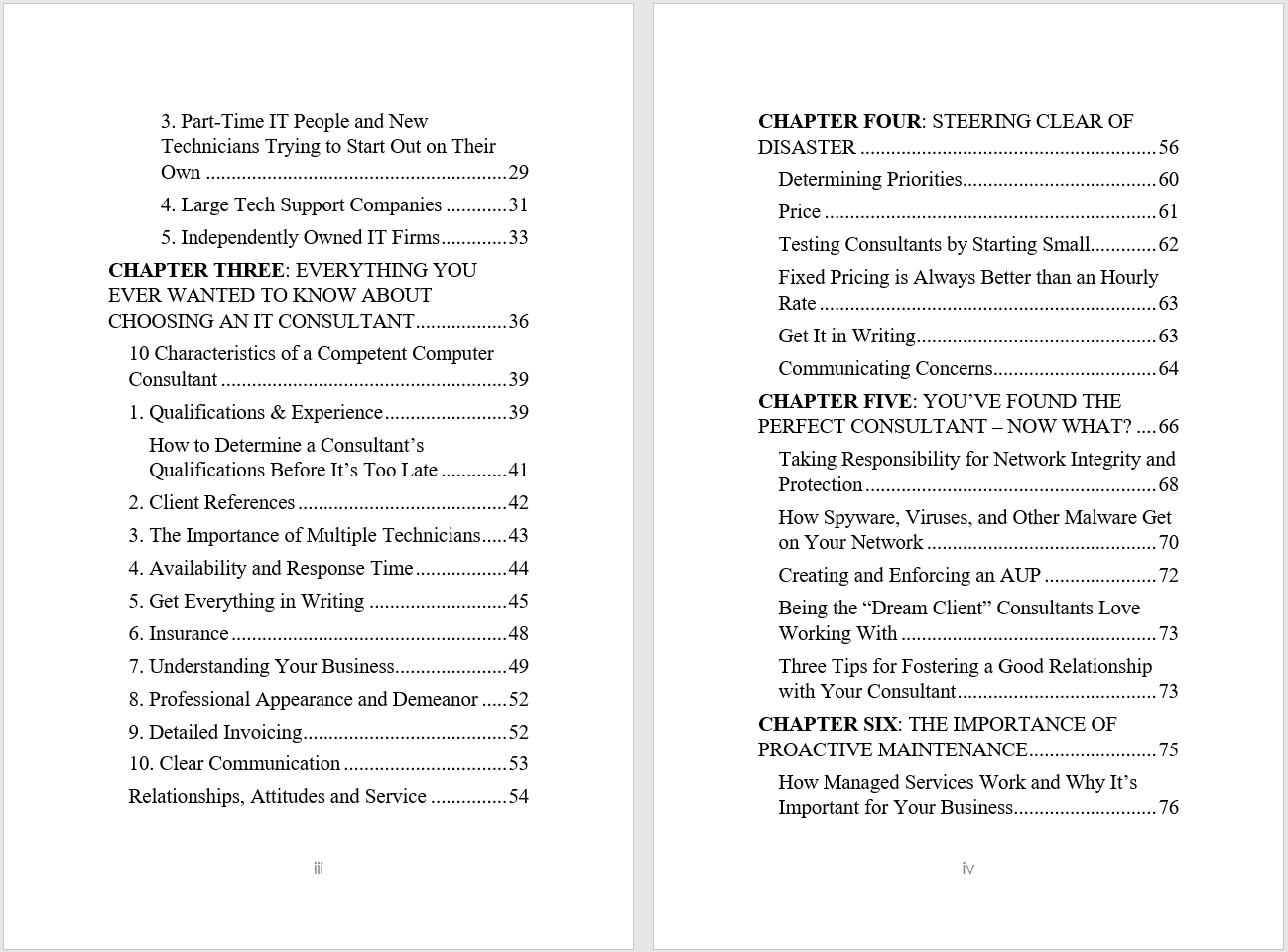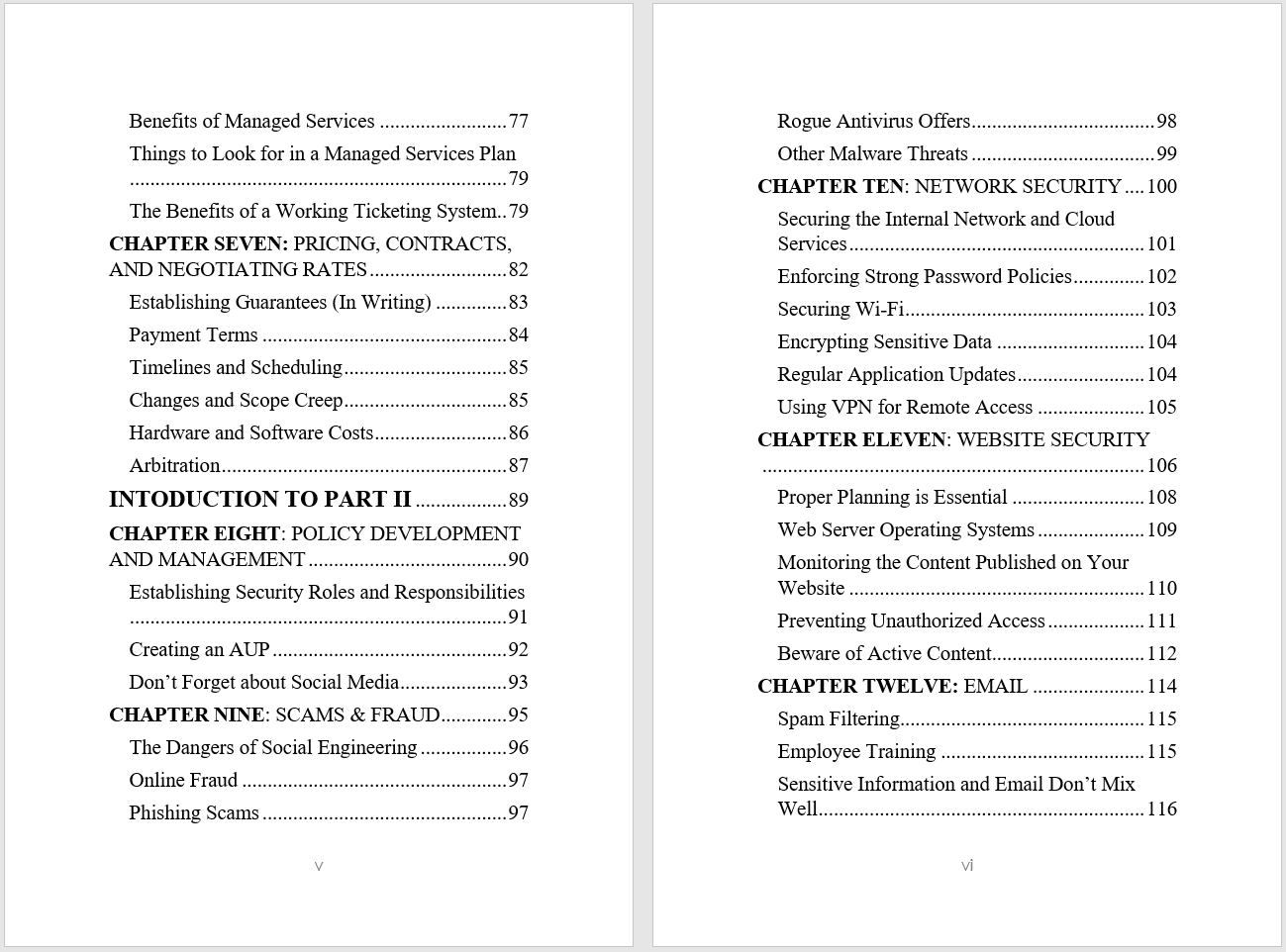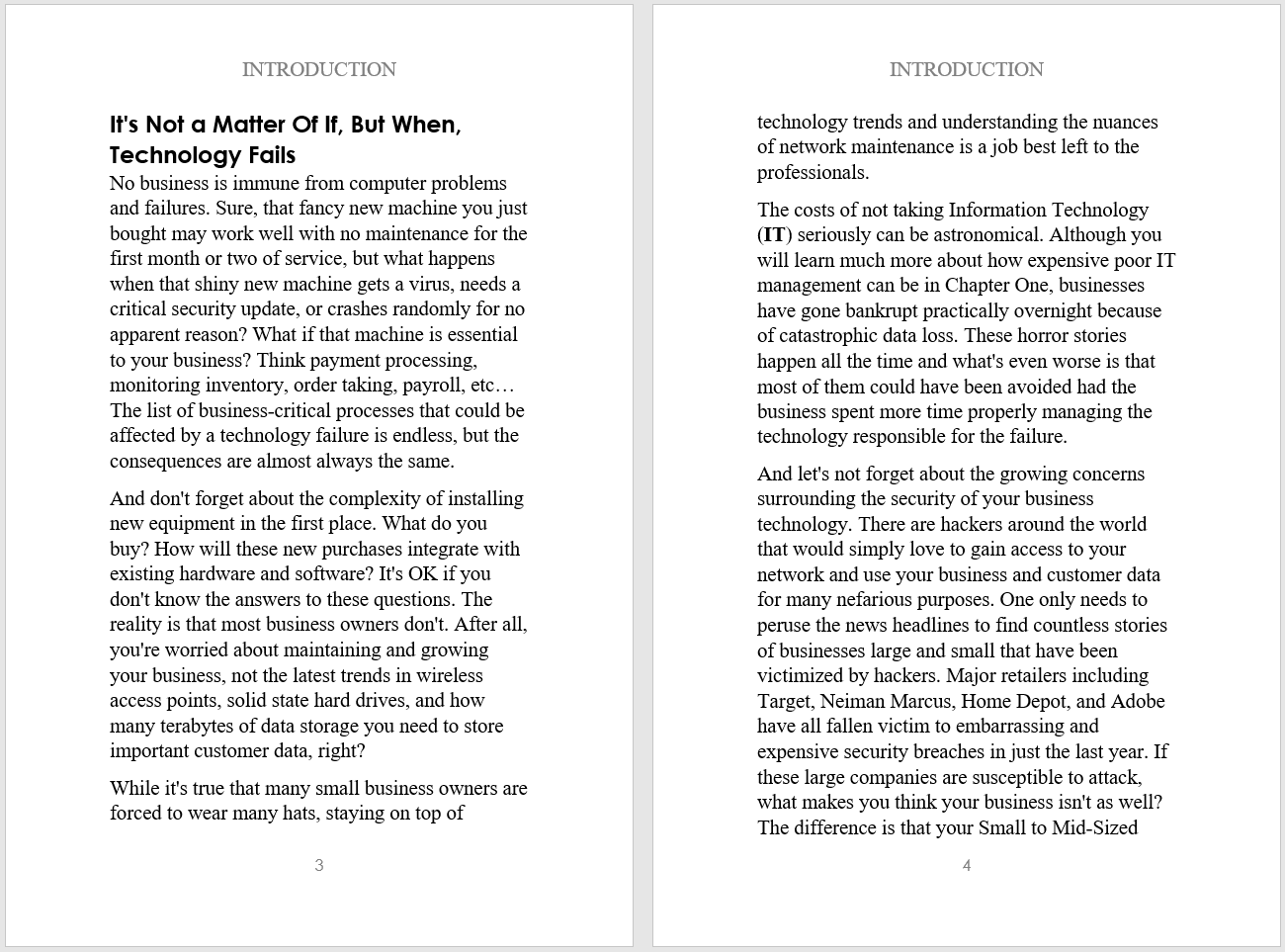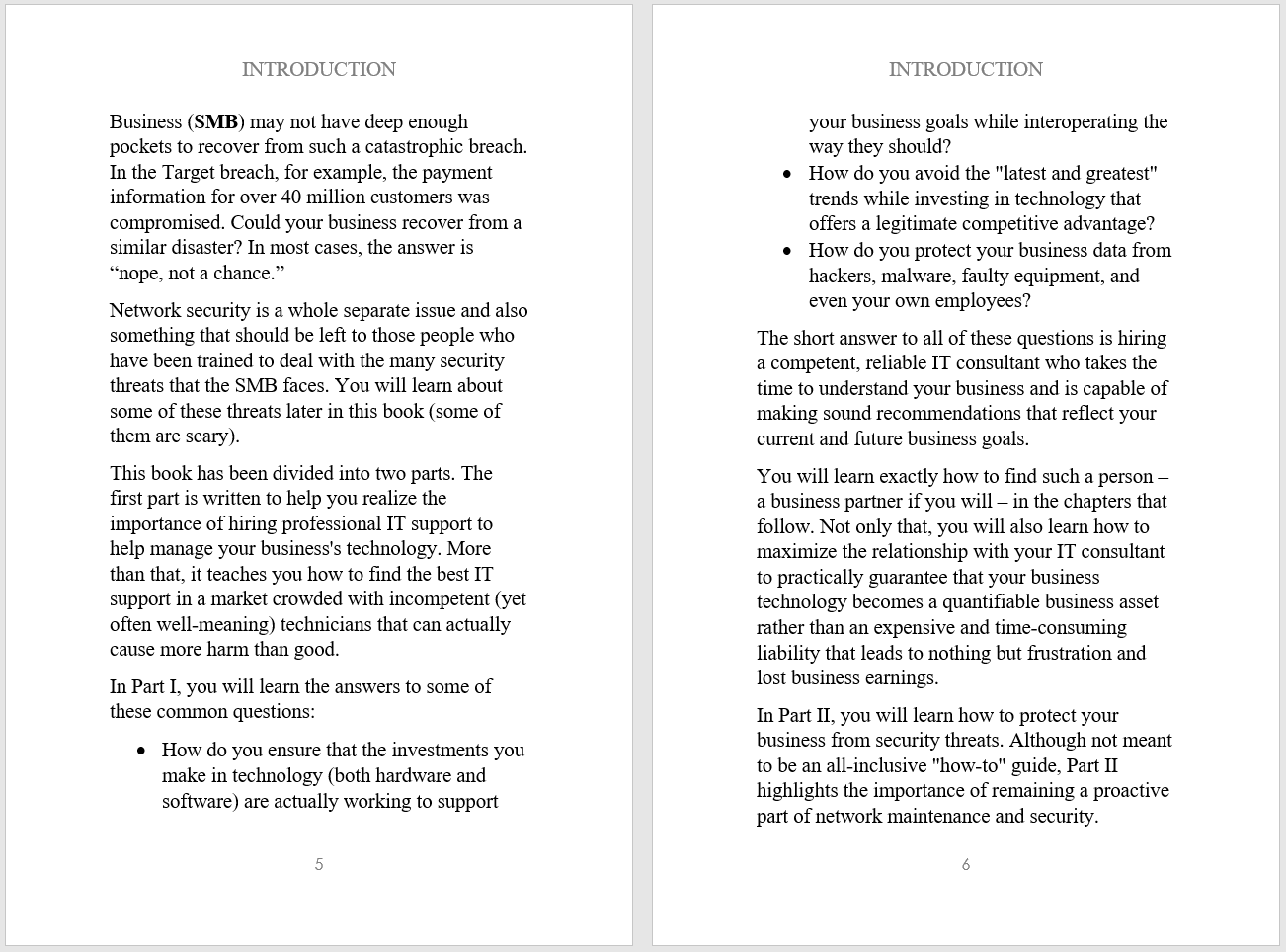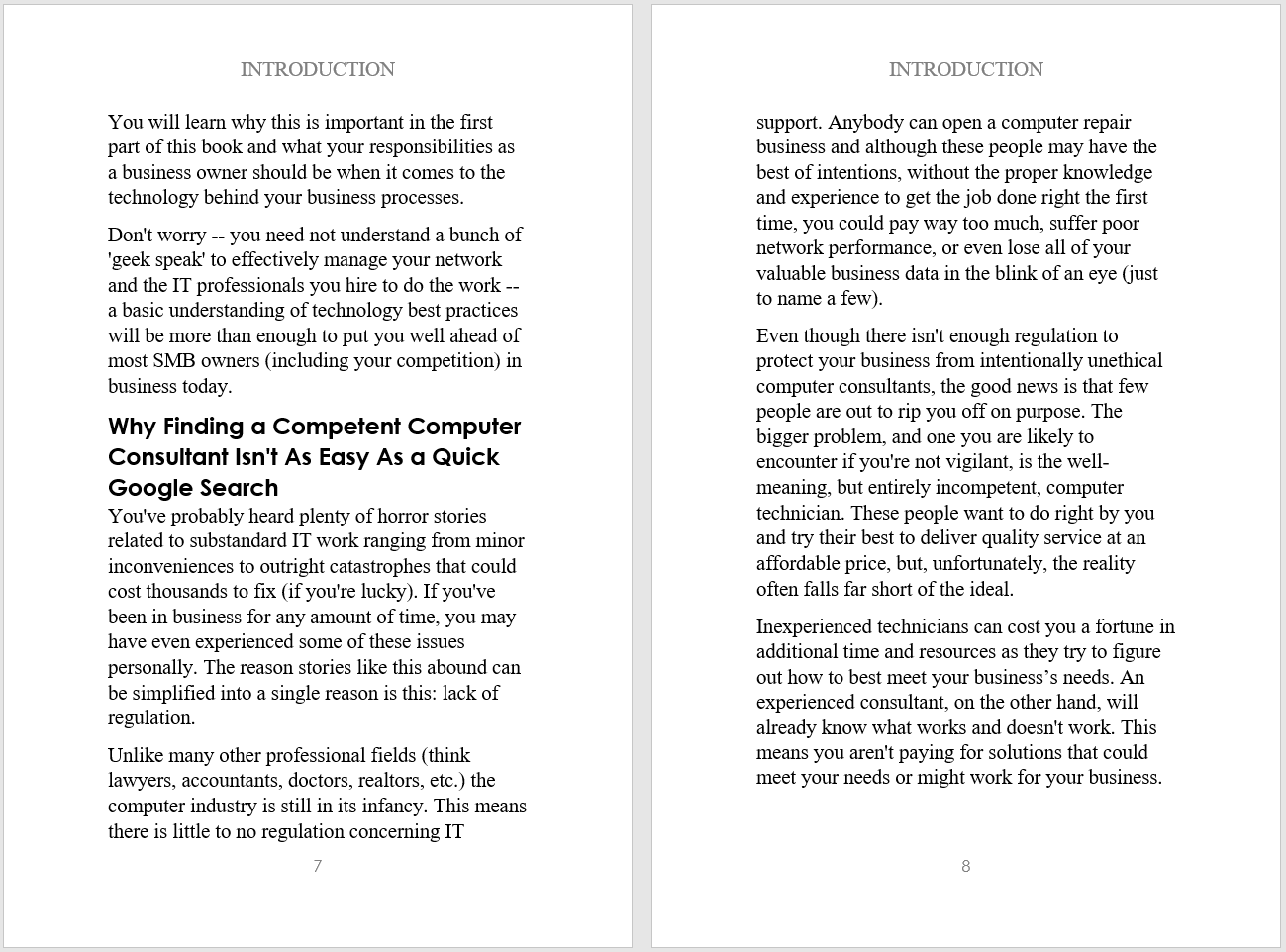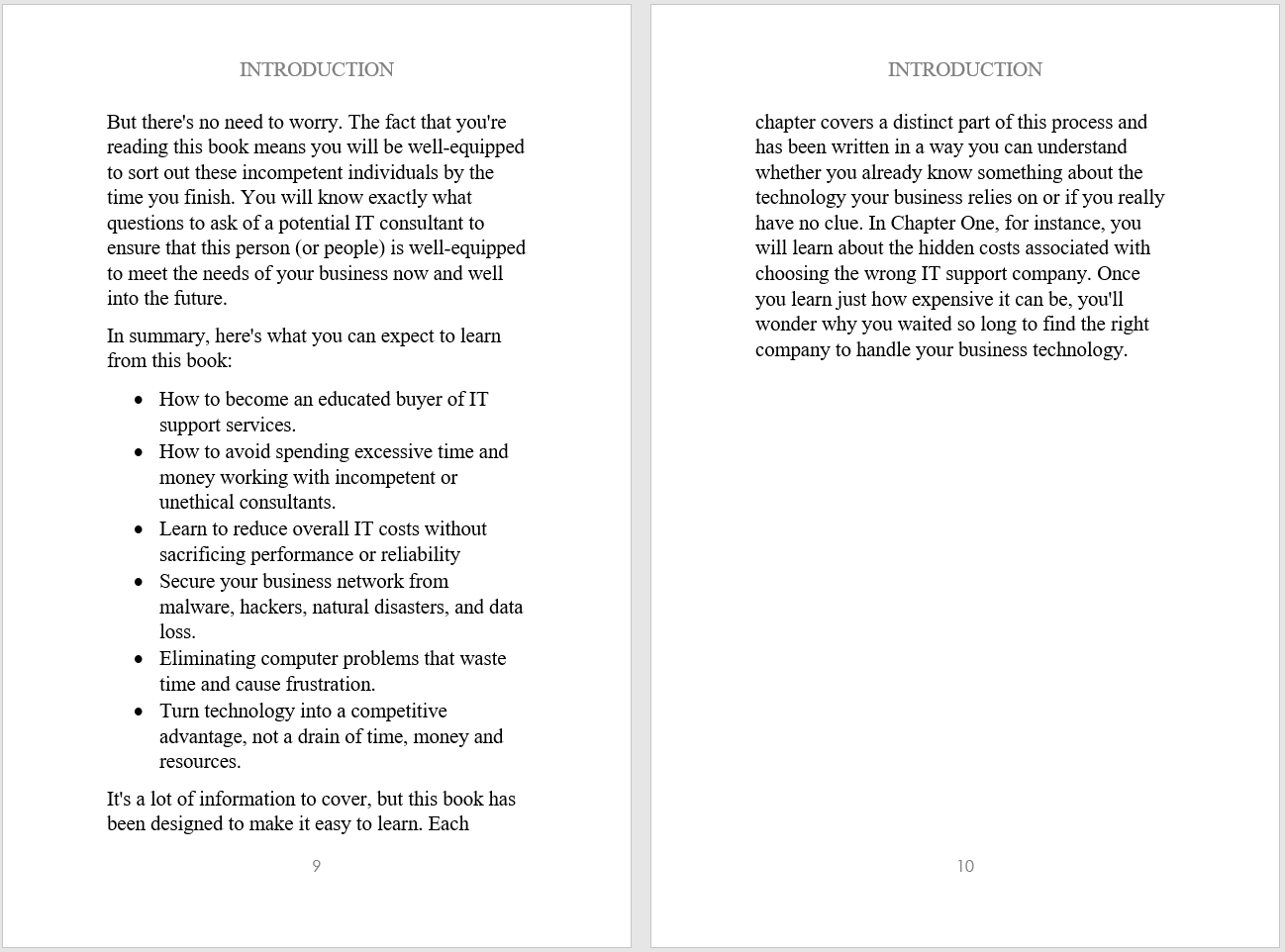
But prioritization doesn’t have to be complicated. In fact, you can boil the entire process down to a simple formula you learned way back in Econ 101: expected value.
Expected Value
Expected value is a number that does exactly what it sounds like. It helps you determine the value you think you are going to receive from doing something given the probability it will happen and the value if it happens. The formula looks like this:
EV = P x V
For example, if I tell you that you can keep a quarter if you flip it and it comes up heads, the expected value of that transaction is 50% x $0.25 = $0.125.
Let’s say your team comes up with this list of possible priorities for next year:
- Redo website
- Create SMB product
- Open a London office
- Free sushi lunches
- Digital Intellectual Property
- Try to clone Elena
- Launch candy bar product
Your next step is to say, “Let’s rate the probability we could achieve those priorities.”
The team ratings come in like this: London 10/10; sushi 10/10; website 9/10; digitize 8/10; candy 3/10; SMB 3/10; clone 1/10.
After that, you say, “Let’s now rate the value of each priority if we achieved it.” The team ratings come in like this: digitize 10/10; clone 10/10; London 9/10; SMB 3/10; candy 3/10; website 2/10; sushi 1/10.
Then you multiply the numbers together, rank them from highest to lowest and voila! You’ve got your priorities. In this case, the London office would come out on top at 90, followed closely by digitizing your intellectual property at 80. At the bottom would be the option to create a product for SMBs, though all the other options are pretty low as well, so your team would likely want to skip them.
The bottom line is this: You will be more powerful as a leader if you allocate time to the priorities that have a high probability of success, high value and high urgency and that also fit your Skill Will Bullseye. Rate and rank ’em. Then just do the top ones. Don’t do the lower priorities. At the very least, delegate or delay them. That’s it!

Geoff Smart is chairman and founder of ghSMART. Geoff is co-author, with his colleague Randy Street, of the New York Times best-selling book, “Who: A Method for Hiring”, and the author of the No. 1 Wall Street Journal best seller “Leadocracy: Hiring More Great Leaders (Like You) into Government”. Geoff cocreated the Topgrading brand of talent management. He is the founder of two 501(c)(3) not-for-profit organizations. SMARTKids Leadership Program™ provides 10 years of leadership tutoring, and the Leaders Initiative™ seeks to deploy society’s greatest leaders into government. Geoff earned a BA in Economics with honors from Northwestern University, and an MA and PhD in Psychology from Claremont Graduate University.


